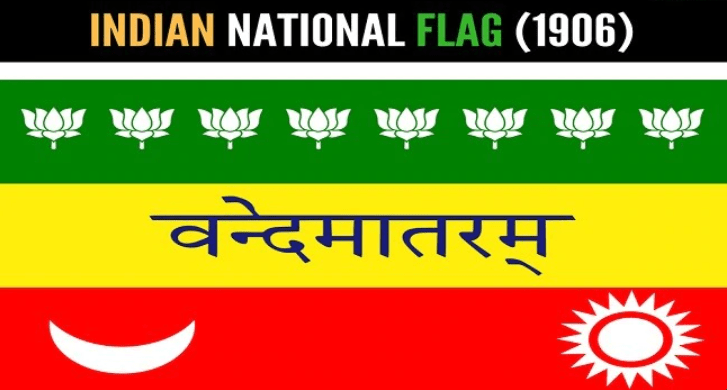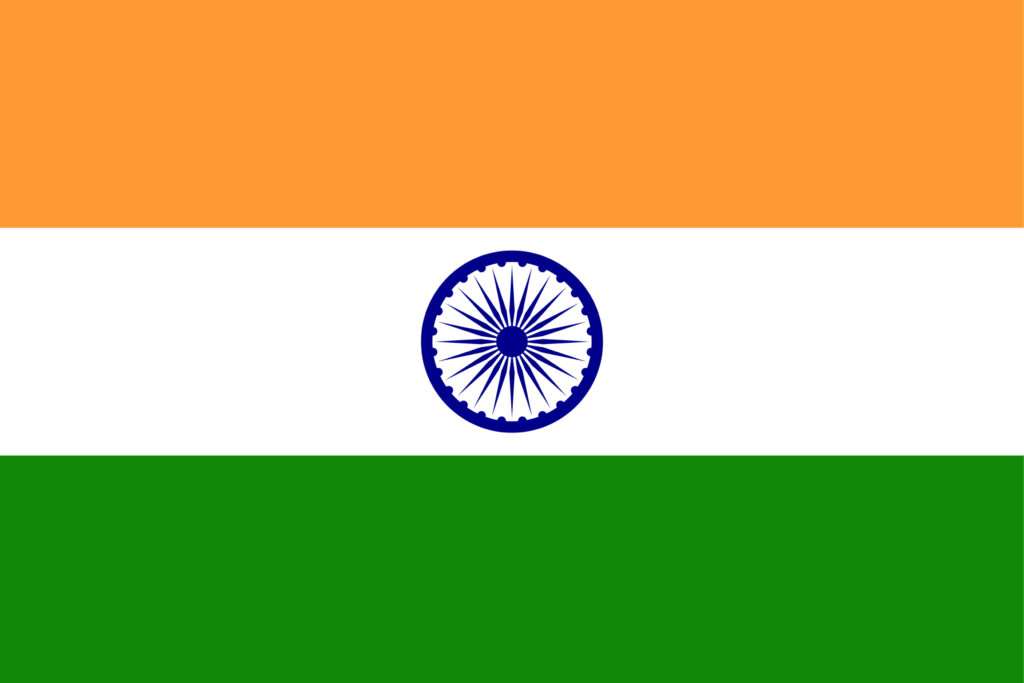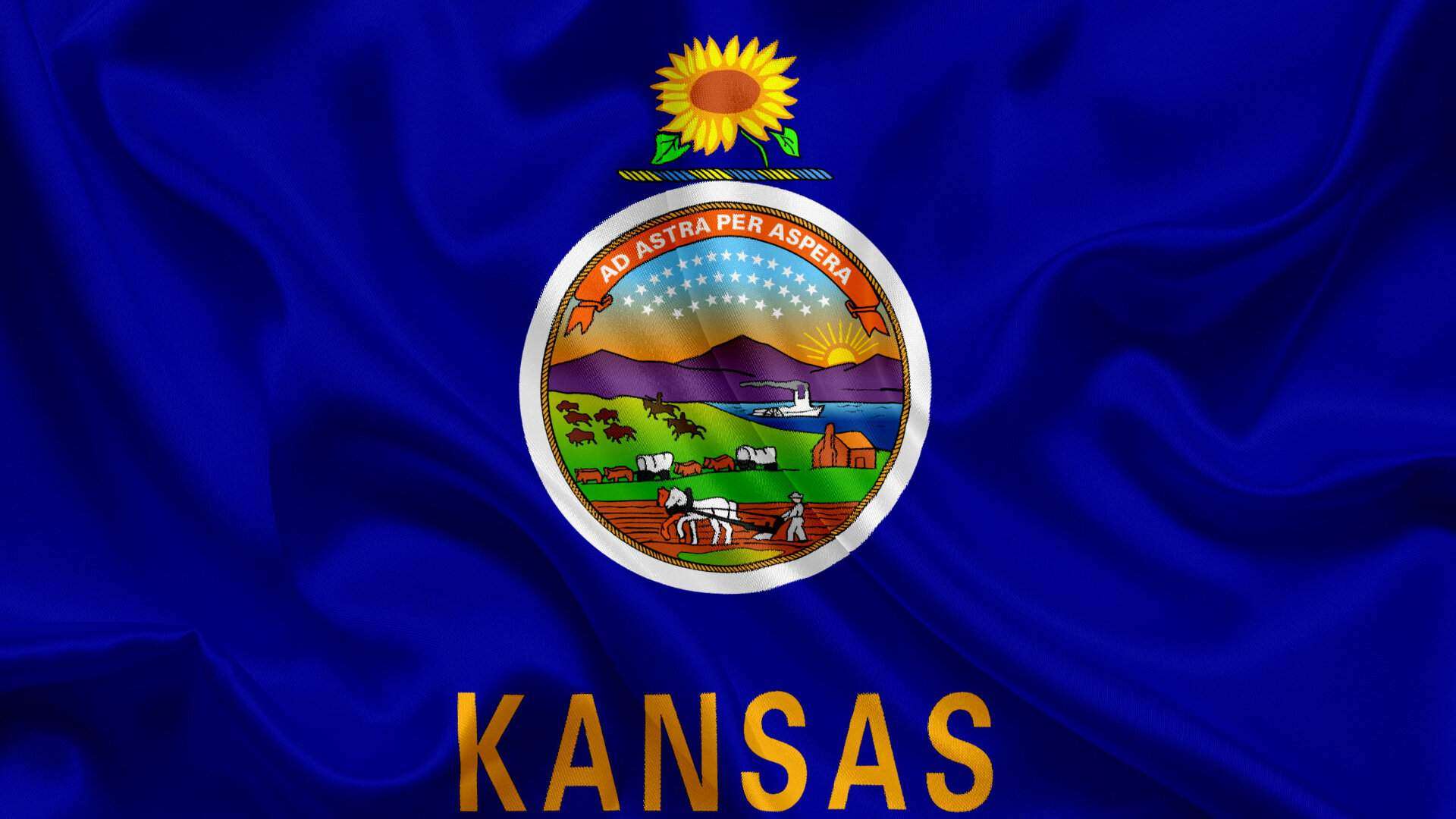The flag of India, also known as the Tiranga, is one of the most recognizable national symbols of India. The flag is a tricolour consisting of saffron, white, and green, with a navy blue Ashoka Chakra at the center. The design of the flag is simple yet powerful, and it holds great significance for the people of India. In this article, we will explore the meaning and symbolism behind the flag of India.
History of the Flag of India

The flag of India has a long and interesting history. The first version of the Indian flag was designed in 1906 by Pingali Venkayya, a freedom fighter from Andhra Pradesh. The flag consisted of two colors, red and green, representing the two major religious communities in India, Hindus, and Muslims, respectively. The flag also had a symbol of the sun and a crescent moon on it.
However, in 1921, Mahatma Gandhi, the father of the Indian nation, proposed a new design for the Indian flag. He suggested that the flag should have three colors, saffron, white, and green, to represent the three major religions of India, Hinduism, Islam, and Sikhism. The spinning wheel, which represented India’s struggle for economic independence, was added to the center of the flag. This design was officially adopted by the Indian National Congress in 1931.
The current design of the flag of India was adopted on July 22, 1947, just a few weeks before India gained independence from British rule. The saffron color signifies courage and sacrifice, the white color signifies peace and truth, and the green color signifies faith and chivalry. The Ashoka Chakra, which has 24 spokes, represents the wheel of law and is named after Emperor Ashoka, who ruled India from 273 BC to 232 BC.
Meaning and Symbolism of the Colors

The three colors of the Indian flag have deep symbolic meaning. Saffron represents courage and sacrifice. It is the color of the Hindu sanyasi, or ascetic, and symbolizes the spirit of renunciation, disinterestedness, and selflessness. The saffron color on the flag of India represents the sacrifice of the country’s freedom fighters who fought and gave their lives for the nation’s independence.
White represents peace and truth. It is the color of purity and innocence and represents the peaceful coexistence of different religions and cultures in India. White also symbolizes truth, honesty, and transparency in public life.
Green represents faith and chivalry. It is the color of nature and symbolizes growth, fertility, and prosperity. The green color on the flag of India represents the faith and chivalry of the people of India.
The Ashoka Chakra at the center of the flag has 24 spokes, which represent the 24 hours of the day. The Chakra also represents the cycle of life and death, and the eternal cycle of change. The Chakra is named after Emperor Ashoka, who was a great ruler and a proponent of non-violence. The Chakra on the flag of India represents the country’s commitment to peaceful coexistence and non-violence.
The Flag Code of India
The Flag Code of India, which was first adopted in 1951, outlines the rules and regulations governing the use of the Indian flag. According to the Flag Code, the Indian flag should be made of handspun khadi cloth or any other suitable natural material. The size of the flag should be in the ratio of 2:3. The saffron color should be on top, followed by white and then green. The Ashoka Chakra should be at the center of the flag, with a diameter of three-fourths of the height of the white stripe. The flag should not be used for commercial purposes, and it should not touch the ground or be draped over a vehicle or a building. The flag should be hoisted at sunrise and lowered at sunset, and it should always be treated with respect and dignity.
Celebrating National Flag Day
National Flag Day is celebrated in India on December 7th every year. This day is dedicated to honoring the importance and significance of the national flag of India. The national flag of India is a symbol of the country’s sovereignty, unity, and integrity. It is an embodiment of the hopes and aspirations of the people of India, who have struggled for independence and democracy.
On National Flag Day, various events and activities are organized across the country to celebrate and honor the national flag. The day begins with the hoisting of the national flag at government offices, schools, and other public places. People also hoist the flag in their homes and neighborhoods as a sign of respect and patriotism.
One of the most important events on National Flag Day is the ceremony at the Rashtrapati Bhavan, the official residence of the President of India. The President hoists the national flag, and a guard of honor presents a salute to the flag. This ceremony is attended by various dignitaries, including the Prime Minister, Cabinet Ministers, and other government officials.
Another important event on National Flag Day is the parade organized by the Indian armed forces. This parade is held in the capital city of New Delhi and showcases the military’s strength and capabilities. The parade is attended by thousands of people, including school children and tourists from around the world.
In addition to these events, various cultural programs, competitions, and exhibitions are organized across the country to celebrate National Flag Day. These events aim to promote awareness about the national flag’s significance and encourage patriotism and national unity among the people.
National Flag Day is also an occasion for people to pay tribute to the soldiers and freedom fighters who sacrificed their lives for the country’s independence and sovereignty. People visit memorials and pay their respects to these great leaders who played a crucial role in India’s struggle for freedom.
The Tiranga Yatra
The Tiranga Yatra is a popular movement in India that celebrates the Indian flag and its symbolism. The Tiranga Yatra involves a procession of people carrying the Indian flag through the streets of their town or city. The participants sing patriotic songs and chant slogans in support of the country’s unity and sovereignty. The Tiranga Yatra is a powerful expression of national pride and solidarity.
The flag of India is not just a piece of cloth; it is a symbol of the country’s values, beliefs, and aspirations. It is a reminder of the sacrifices of the country’s freedom fighters and the struggles of its people for independence and democracy. The flag of India is a source of inspiration for the people of India and a symbol of hope for the world.
About India
India is located in South Asia and is a country that is vast and diverse. In terms of population, India is the second-most populous nation in the world and with the rate of growth in population, it is expected to surpass China, the world’s most populous country in 2023 itself. India is known for its rich history, cultural diversity, and economic growth.
The country has a long and complex history that spans over 5,000 years. It was home to some of the world’s earliest civilizations, including the Indus Valley Civilization. Throughout its history, India has been invaded and ruled by various empires, including the Mauryan, Mughal, and British empires.
It is home to a diverse population, with over 2,000 ethnic groups and more than 1,600 languages. The official language of India is Hindi, but English is also widely spoken and used in business and government. The dominant religion in India is Hinduism followed by a significant population of Muslims, Christians, Sikhs, and Buddhists.
India has one of the world’s fastest-growing economies and is classified as a newly industrialized country. The country is a major exporter of goods and services, including software, textiles, and pharmaceuticals. India is also home to many large multinational companies, including Tata, Reliance, and Infosys.
By: Priyanka Shah



